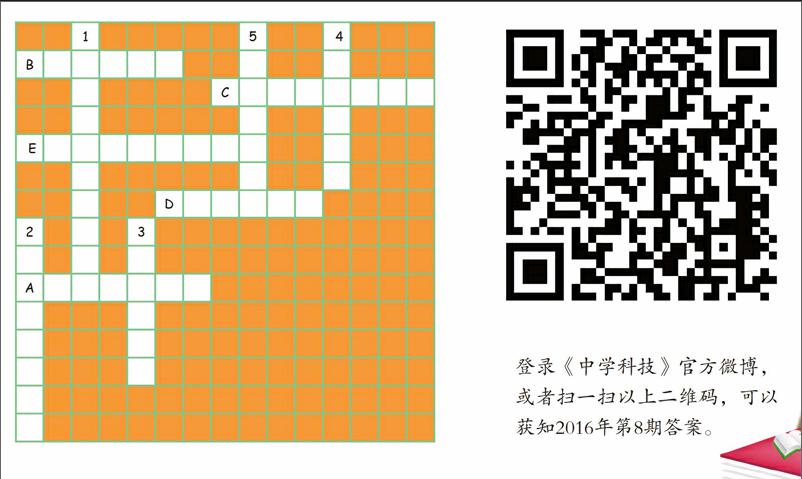From Zits to Warts: Which Disturb People Most?
2016-11-30

Acnes pop up on teen faces all the time. In fact, 85 percent of adults have experienced an outbreak of painful, embarrassing zits(青春痘)at some point. So wouldn't it make sense for these people to feel sympathy for others with acne(粉刺)? After all, they know what it feels like. But a new study shows that this often isn't what happens. Most people respond to images of acne with (A) d and fear rather than understanding.
Researchers at Massachusetts General Hospital in Boston recruited 56 volunteers. Those (B) p looked at pictures of mild, moderate and severe cases of common skin (C) d . These included acne, cold sores(唇泡疹)and warts (疣).
The acne images upset more than 60 percent of the (1) v . Only cold sores bothered more people. 45 percent of the volunteers would feel uncomfortable touching a person with acne. In (2) a , 41 percent said they wouldn't go out in public with that person. And almost 20 percent wouldn't invite that (D) p to a party or social event.
If adults were this harsh toward people with acne, teens' attitudes toward their peers with acnes might be even more extreme. Teens are less likely than adults to understand the (3) c and cures for acne.
Vineet Mishra is a dermatologist. He suspects that kids with acne have a more difficult time than adults. For that (4) r , he says, "acne should not be viewed as simply a medical (E) c ." Acne can have a huge impact not just on the skin but on the thoughts, emotions and social lives of people of all ages.
And what about teens and adults who are lucky enough to never get acne? They should support their (5) f who are going through a difficult outbreak. Acne is nothing to be afraid of or embarrassed about. For most people, it's a temporary condition.
(A, B, C, D, E FOR CROSS, 1, 2, 3, 4, 5 FOR DOWN. The first letters of the absents were given.)